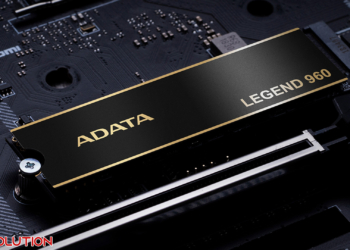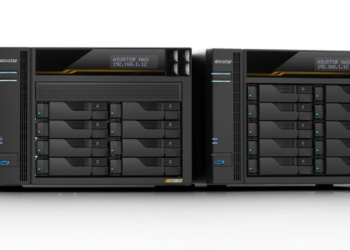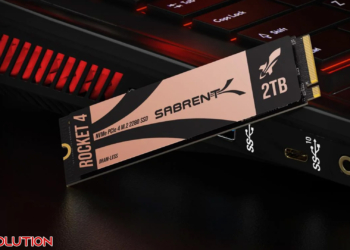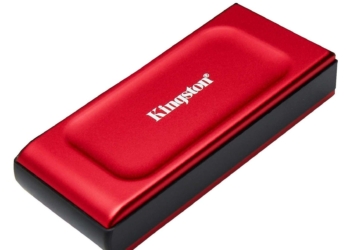La configurazione utilizzata per i test è la seguente:
| Sistema Z390 | Review | Fornito da | Dove acquistare | |
| CPU | Intel Core i9 9900K | – | ReHWolution | Amazon |
| Cooling | Noctua NH-U12A | – | Noctua | Amazon |
| Mainboard | ASRock Z390 Phantom Gaming X | LINK | ASRock | Amazon |
| RAM | G.Skill TridentZ 3600 MHz C15 16 GB | – | ReHWolution | Amazon |
| VGA | EVGA GeForce GTX 1080 Ti FTW3 | – | ReHWolution | Amazon |
| Soundcard | Creative Sound Blaster AE-7 | LINK | Creative | Amazon |
| Storage | ADATA XPG S11 Pro 512 GB
Patriot Viper VPN100 1TB NVMe Sabrent Rocket 1TB NVMe |
LINK
– |
ADATA
Patriot ReHWolution |
Amazon |
| PSU | Corsair AX1500i Digital PSU | – | Corsair | Amazon |
| Case | Cooler Master H500M | – | Cooler Master | Amazon |
| Monitor | LG 27UK650 4K HDR | – | ReHWolution | Amazon |
| Keyboard | Razer Blackwidow Elite | – | ReHWolution | Amazon |
| Mouse | Razer Basilisk | LINK | Razer | Amazon |
| OS | Windows 10 Pro x64 1903 | – | ReHWolution | Amazon |
I software utilizzati per i test:
- Crystal Disk Mark 6.0.2
- Crystal Disk Info 8.2.0
- ATTO Disk Benchmark 4.00.0f2
- AS SSD Benchmark
- Anvil SSD Benchmark
Il drive è stato testato così come out-of-the-box: l’unica “modifica” applicata è stata aggiornare il firmware alla versione ECFM12.2, mentre la versione base era la ECFM12.1.
Pagina 5 di 10








Discussione su post